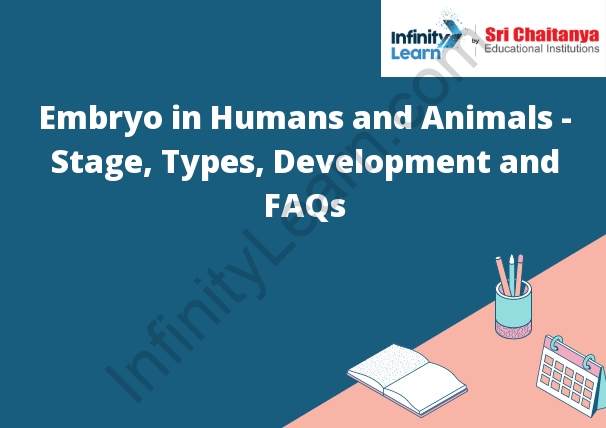Table of Contents
What is an Embryo?
An embryo is an early developmental stage of a multicellular diploid organism. In general, it is the stage from the time of fertilization until the end of the eighth week of gestation, after which it is called a fetus.

Embryonic Stage in Animals
The embryonic stage is the earliest stage of development in an animal. This stage begins when the animal is fertilized and lasts until it is able to survive on its own. During the embryonic stage, the animal’s organs and tissues grow and develop.
Embryos of Different Animals
Embryos of different animals vary in their appearance, size, and developmental stage. For example, a human embryo at 8 weeks is about 1.5 cm long and looks like a small tadpole, while a chicken embryo at the same stage is only about 1 cm long and has a more developed head and tail.
Embryonic Formation Stage in Humans
The embryonic formation stage in humans begins with the fertilization of an egg by a sperm. The fertilized egg, now called a zygote, begins to divide, and the cells that will become the embryo start to form. The embryo continues to grow and develop, and by the end of the eighth week it is called a fetus. The fetus continues to grow and develop until birth.
Types of Embryo
There are three types of embryo:
1. Blastocyst: A blastocyst is a hollow sphere of cells that forms in early pregnancy. The cells inside the blastocyst will eventually become the baby, while the cells on the outside will become the placenta.
2. Morula: A morula is a solid ball of cells that forms in early pregnancy. The cells inside the morula will eventually become the baby, while the cells on the outside will become the placenta.
3. Embryo: An embryo is a developing baby that is less than 8 weeks old.
What are the 4 Stages of Embryonic Development?
The four stages of embryonic development are fertilization, cleavage, gastrulation, and organogenesis. Fertilization is when the sperm and egg combine to form a single-celled embryo. Cleavage is when the embryo begins to divide into smaller and smaller cells. Gastrulation is when the cells move around and form the three primary germ layers. Organogenesis is when the organs and tissues begin to form.
There are four stages of embryonic development: the zygote, the morula, the blastocyst, and the implantation.
The zygote is the first stage of embryonic development. It is created when the sperm and the egg fuse together. The zygote is a single cell and is about the size of a pinhead.
The morula is the second stage of embryonic development. It is created when the zygote divides into many cells. The morula is about the size of a pea.
The blastocyst is the third stage of embryonic development. It is created when the morula divides into even more cells. The blastocyst is about the size of a pinhead.
The implantation is the fourth stage of embryonic development. It is created when the blastocyst attaches to the wall of the uterus. The implantation is about the size of a poppy seed.








